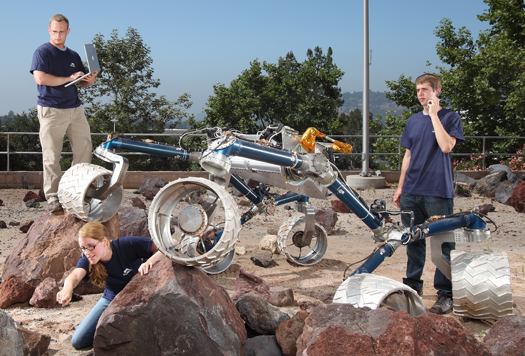

Forget stuffy lecture halls and humming fluorescent lights. Build robots instead! Or run a nuclear reactor. To rank the coolest labs in the country, we factored in groundbreaking research, undergrad access and sheer awesomeness.
Click here to launch a gallery of the coolest labs in America
Check out the 2011 additions to our list in the articles below, or browse the full set of 25 labs in our image gallery above.
- Build Your Own Spaceship: Jet Propulsion Laboratory
- Brew the World’s Best Beer: University of California at Davis Pilot Brewery
- Work On the Edge of Earth’s Plates: California Institute of Technology Division of Geological and Planetary Sciences
- Design a Microdrone: U.S. Army Research Laboratory, Aberdeen Proving Ground
- Run a Nuclear Reactor: Reed College
- Print New Body Parts: Cornell University Creative Machines Lab
- Put Science on the Big Screen: University of Southern California Visualizing Science Initiative
- Eavesdrop on Nearby Galaxies: National Radio Astronomy Observatory
























